Small eyes are considered to be attractive, round faces give us a youthful look, and people with big ears are adorable, just look at Anne Hathaway! There are so many unique features out there that give us our own special charm.
Some people, however, want to fix these things anyway. That’s their choice, but we hope they keep in mind that they can actually do it without surgery. All they need to do is change their hairstyle.
1. Double chin
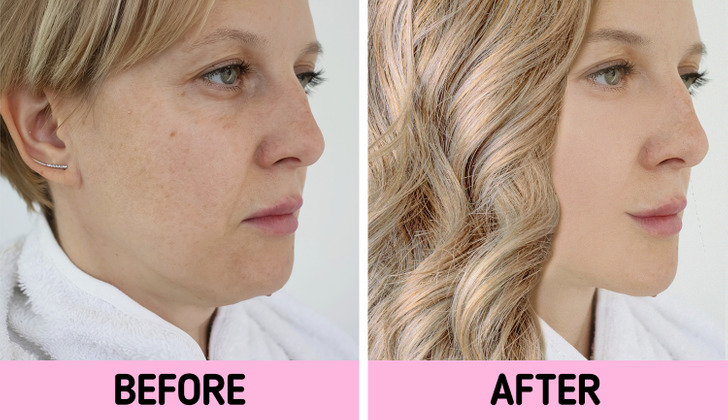
Cropped haircuts are a big no-no if you have a double chin. Instead, go for bangs and curls, layered, or face-framing haircuts. This way, you’ll draw attention to your hair and not your chin.
Remember that having layers is the trick. They add volume and give the illusion of a narrow face. For short haircut lovers out there, opt for a layered chin-length bob cut, but make sure to keep the ends unevenly cut.
2. Big nose
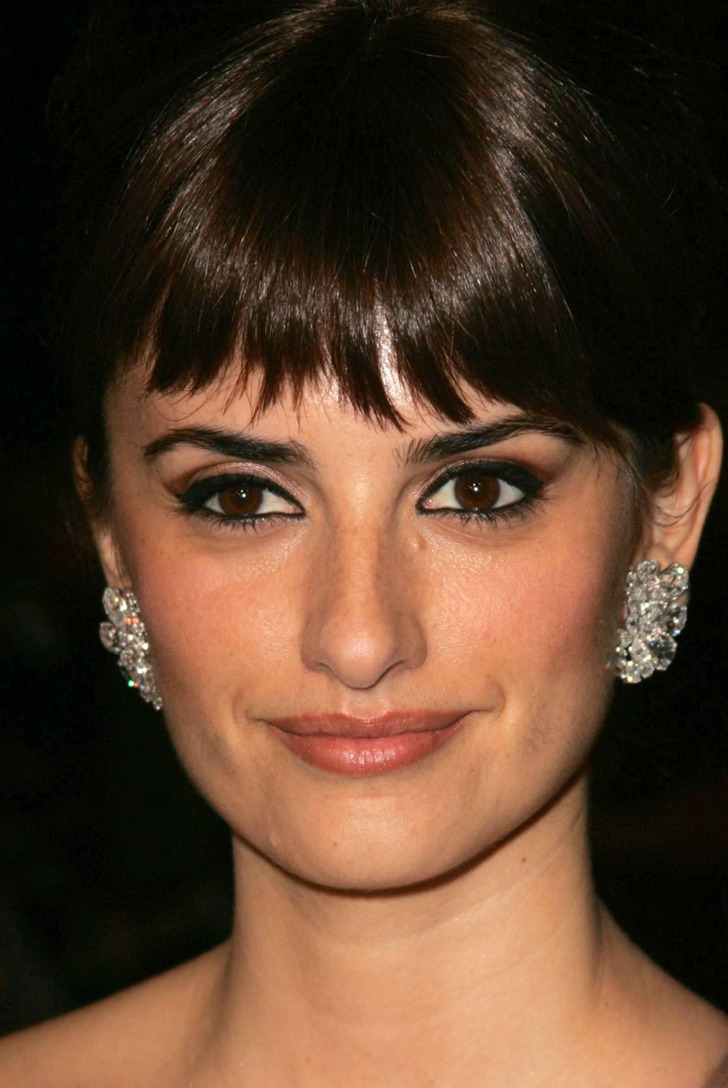
Choose hairstyles that widen your face so that your nose looks smaller. Different types of bangs do a great job: side-swept, curtain, or layered. You can do your hair up in a messy bun or a ponytail, letting a few strands fall on your head. Try to stay away from short and straight cuts.
3. Big forehead
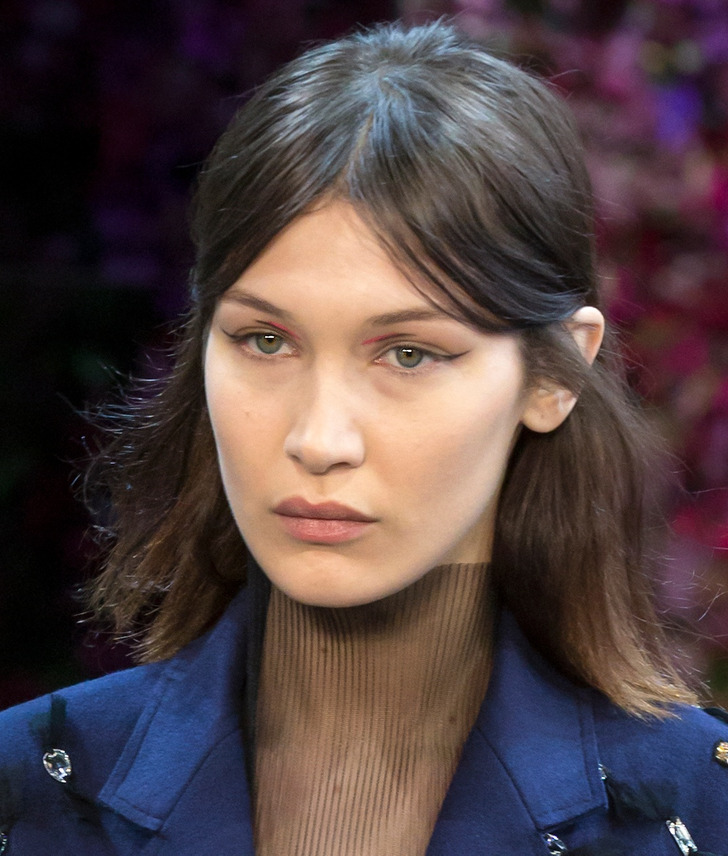
Bobs with bangs, long or short hair with a central part, or razored bangs look great on people with big foreheads. According to a stylist, horizontal framing, lots of volume, and soft layers are the keys to balancing it all out.
4. Small eyes
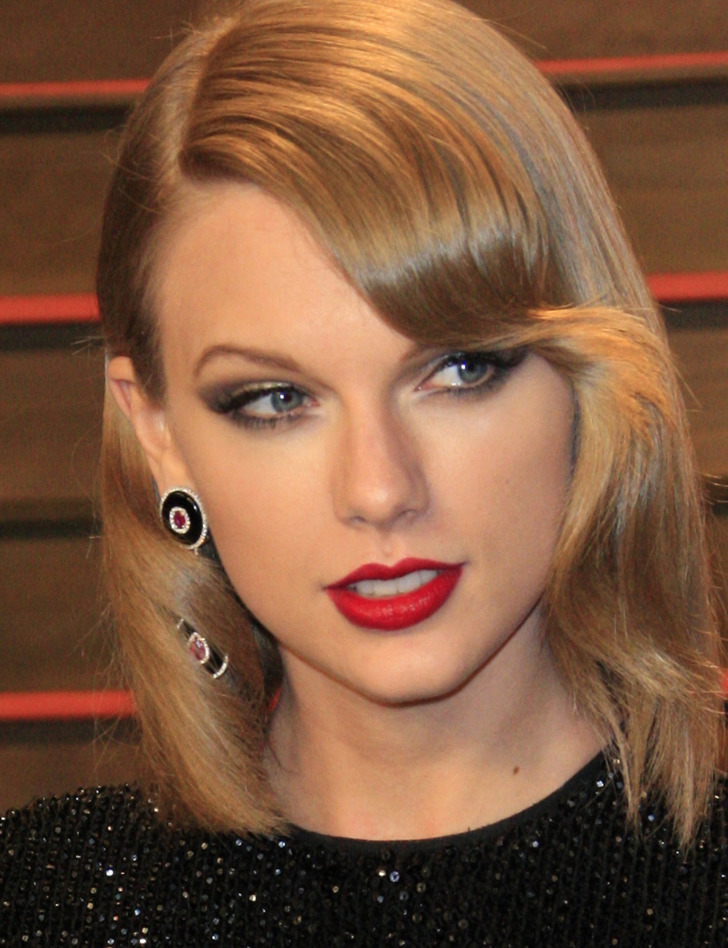
Avoid blunt and thick haircuts and focus instead on short hairstyles or low-volume cuts. Bangs are okay, but as long as they don’t cover your eyes and forehead completely. Pixie haircuts accentuate eyes, especially if your eyebrows can be seen well.
5. Round face
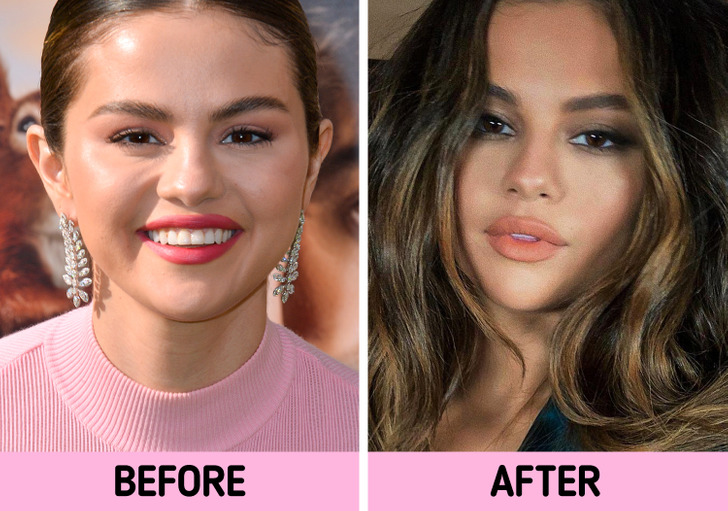
Those who want to make their face appear more oval should definitely go for a shaggy wavy bob or face-framing balayage highlights. You can also add more volume on top and leave elongated locks by the sides. Stay away from sleek hairstyles and thick bangs, since horizontal lines will widen your face.
6. Oblong face
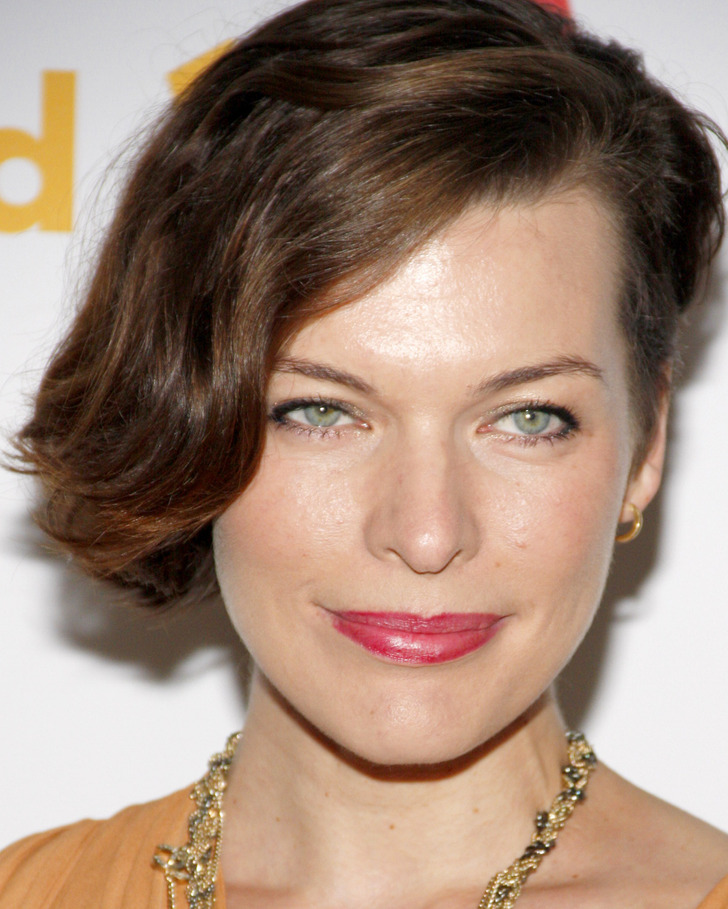
People with thin faces have more prominent noses, chins, and necks, and some haircuts can make their faces look even longer. Straight and long hair is a no, while hairstyles that add lots of volume are always welcome. Try a parted shaggy lob, an asymmetrical choppy lob, wispy-layered long hair, or a long wavy center-parted hairstyle.
7. Big ears
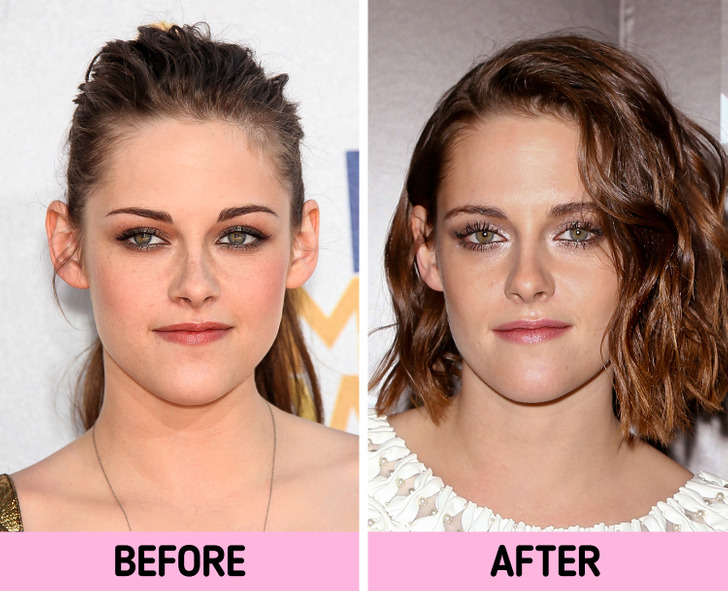
It’s not hard to cover ears, yet, it might be challenging to choose only one haircut out of all this diversity. Make sure there’s enough volume and fullness at the sides of your head, and let the hair stand away from the scalp a little bit. Bob haircuts or long and layered hair are a great choice.
How long have you had your current haircut? How easy is it for you to change it?
Preview photo credit TanyaLovus / Shutterstock.com, Valeriia Kogan / Unsplash.com
I Heard My Husband Talking about Me to His Family and I Can’t Stop Crying

After their marriage was arranged due to a business agreement between their parents, Jason and Aria had no choice but to get to know each other quickly. A few months in, the couple were expecting their first baby. But now that Lily is seven months old, Aria begins to wonder if Jason is really happy…
I wasn’t supposed to overhear it. But maybe I was meant to.
There’s something about family gatherings that always feels familiar. Warm. Chaotic. Comforting.

A smiling couple | Source: Midjourney
Today was no different.
Our daughter, Lily, was seven months old, and every time we visited Jason’s parents, she was the center of attention. Jason’s mom fussed over her, while his aunts and uncles passed her around, taking turns cooing and doting on her.
I sat on the couch outside, watching them, feeling a sense of contentment wash over me.
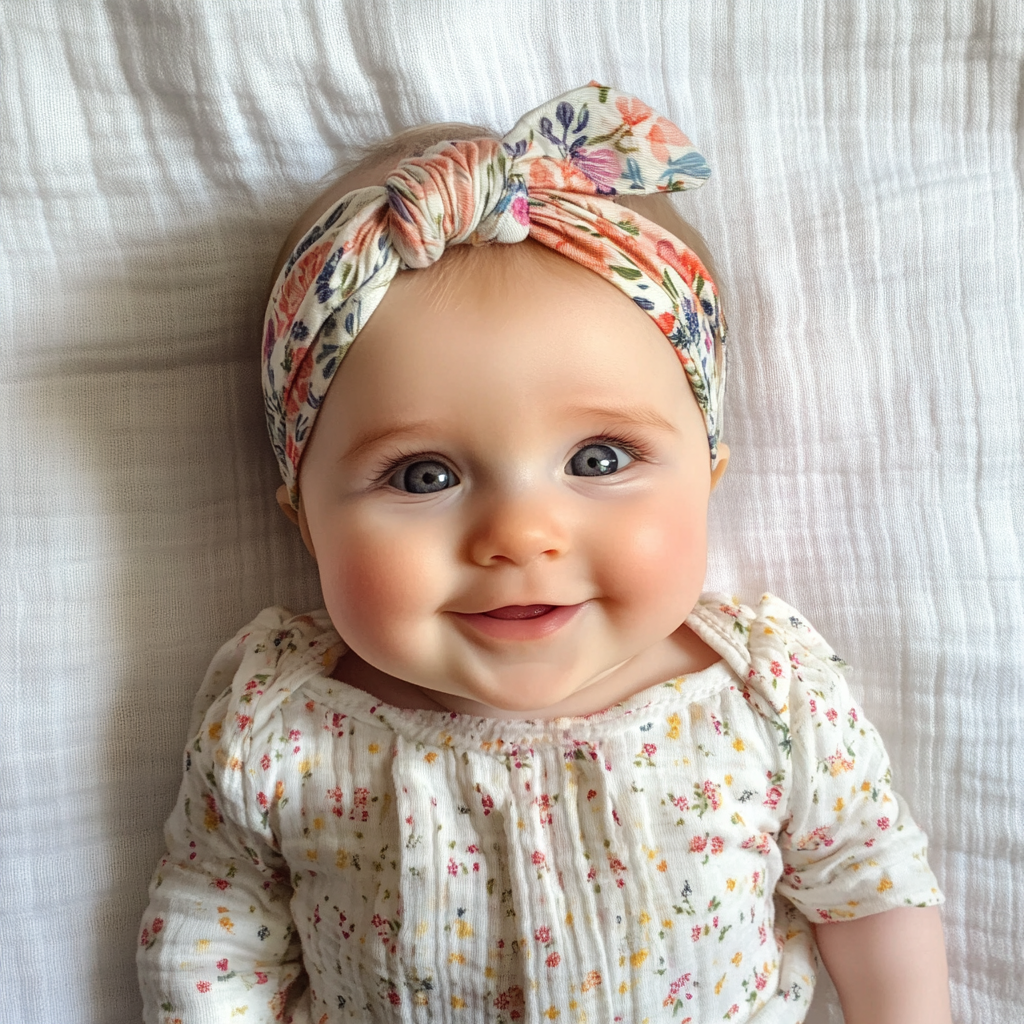
A smiling baby girl | Source: Midjourney
“She’s just such a beautiful baby, Aria,” Jason’s aunt said. “Look at those eyes!”
I smiled at her, wondering how different everything could have been if Jason’s family hadn’t accepted us as we were.
Jason was in the kitchen with his mom, helping prepare dinner and getting everything ready for the grill outside. He always seemed so at ease in these moments, slipping effortlessly into the role of devoted son, loving husband, and doting father.

Platters of meat for a grill | Source: Midjourney
It hadn’t always been that way. At least, not in the beginning.
We were married young. I mean, I was only 20, and Jason had just turned 21. Our marriage was arranged by our parents in an effort to strengthen a business deal.
At first, I hated everything about it. I mean, Jason and I were only given two months to get to know each other before the wedding.

A close up of a young couple | Source: Midjourney
I wasn’t sure if love could grow in such a short amount of time. Especially between two people who were practically strangers.
But we tried.
And day by day, we learned each other’s quirks, built trust, and started creating a life together.

A young woman looking out a window | Source: Midjourney
“I know that our relationship is based on our parents, Ari,” Jason said one day when we were getting ice cream together. “But we’ve both decided that we’re in this for the long haul. Right?”
“Right,” I agreed, adding chocolate sauce to my sundae.
“We can be happy, Aria,” he said, picking the cherry off my ice cream.
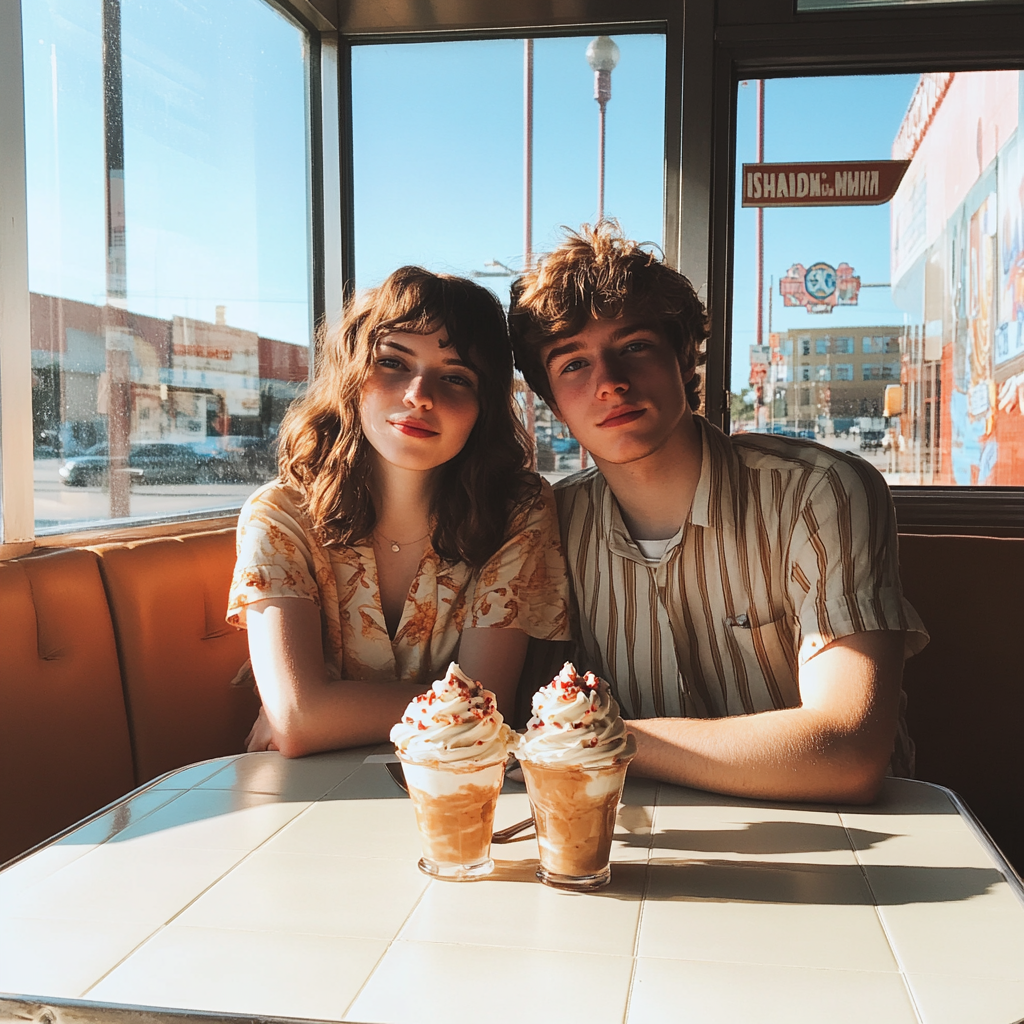
A couple getting ice cream | Source: Midjourney
Things moved fast after that. We got married at a vineyard my father owned. And just a few months into our marriage, I found out I was pregnant with Lily.
The news hit us unexpectedly, and we were both hesitant about keeping our baby.
“What do you want to do?” he asked me one morning when I sat and looked at the pregnancy test.
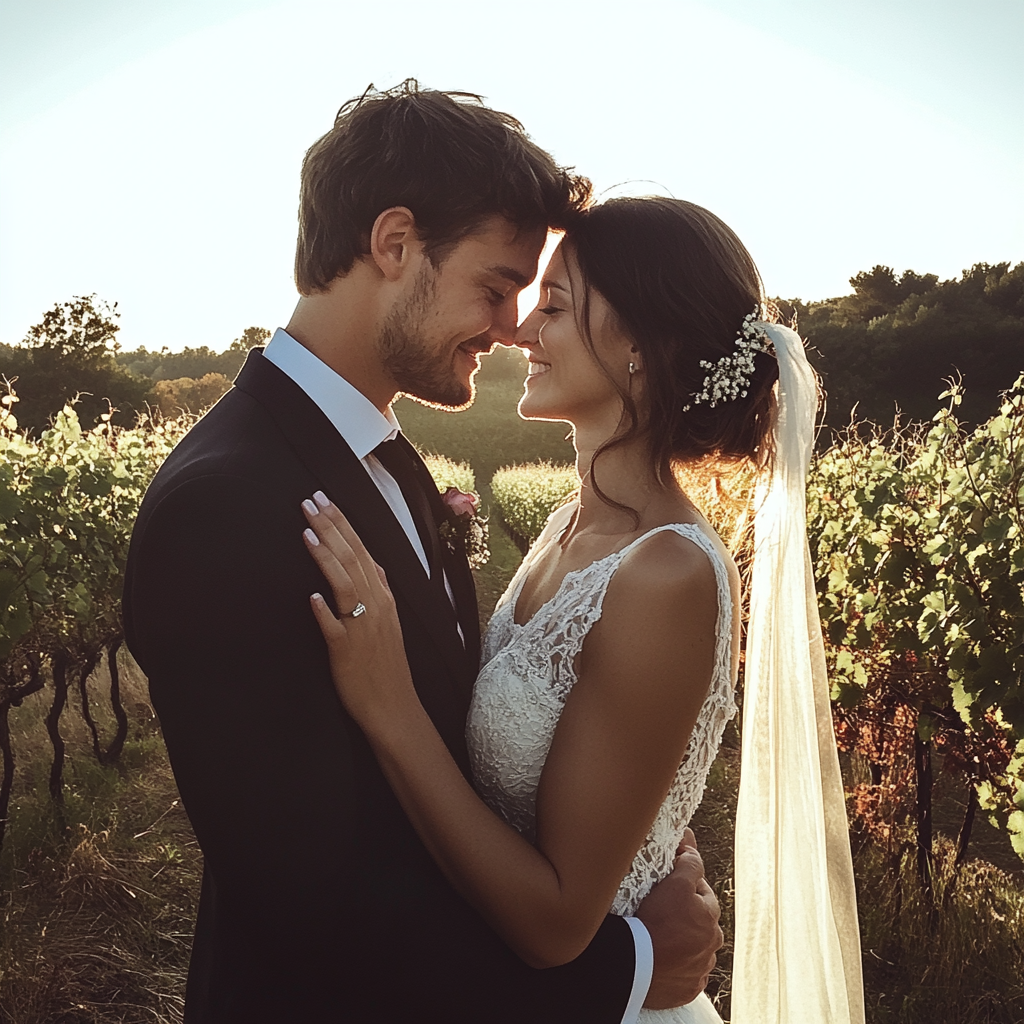
A newly wed couple | Source: Midjourney
“Keep her. I think the baby is a girl,” I said.
And just like that, it was decided.
Neither of us were prepared for it, but Jason stepped up in ways I hadn’t expected. After the business deal went through, my parents moved to a different state, leaving me to fend for myself in my marriage with a baby on the way.

A woman holding a pregnancy test | Source: Midjourney
Instead, Jason spoke to his parents and decided to take a year off work from his job at his father’s company to support me.
From that moment on, he was by my side, through every bout of morning sickness, every doctor’s appointment, and every sleepless night.
I leaned into his support, but at the back of my mind, I wondered if he ever felt the weight of it all. Jason was many things, but emotional wasn’t one of them. He rarely talked about his feelings and what this new life together meant to him.
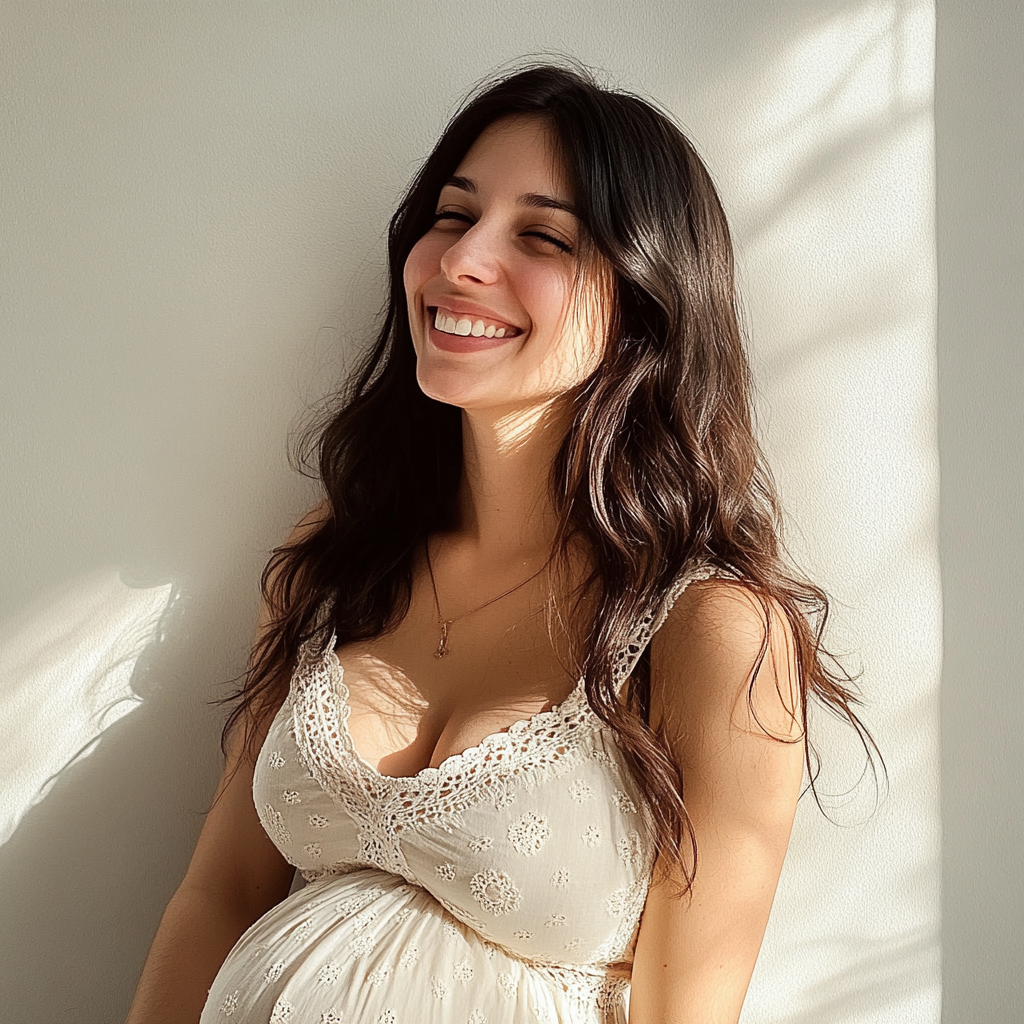
A smiling pregnant woman | Source: Midjourney
But today, as the noise of family surrounded me, I couldn’t help but think about how far we’d come.
I stood up and quietly headed down the hallway, planning to check on Jason and Salma, my mother-in-law, in the kitchen.
But halfway there, I heard his voice.
I paused, not wanting to interrupt. He was speaking in a tone that I’d never quite heard before.

A woman walking down a hallway | Source: Midjourney
“I don’t know what I’d do without Aria and Lily, Mom,” Jason said softly.
I froze in place, my heart pounding. I hadn’t meant to eavesdrop, but something about the way Jason said my name held me captive.
His voice lowered.

A smiling man in a kitchen | Source: Midjourney
“She’s changed my life, Mom. Like before, I was just interested in parties and chilling on the boat. But now? I wake up every day and think about how lucky I am. I mean, I never really imagined this kind of happiness.”
I stayed hidden just around the corner from the kitchen arch, straining to hear every word. My mind raced as I tried to process the depth of his emotion.
Jason wasn’t the kind of guy to wear his heart on his sleeve like this. And if I’m being really honest, I had been wondering whether our little life was good enough for him.

A young man partying on a boat | Source: Midjourney
We had gone from strangers to married to being parents in less than a year. Everything was rushed. So, I wondered whether his feelings for me were true.
But now? Hearing this?
I wasn’t so insecure anymore.
“I wouldn’t be half the man I am without her,” he continued.

A smiling young woman | Source: Midjourney
There was a pause, and all I could hear was something being chopped.
“That’s beautiful, honey,” Salma said. “I’m glad that you feel this way. You know, when Dad and Aria’s father came to their arrangement, I wasn’t sure about it because of your age. I thought that we were setting you two up for divorce or failure in general. But you guys hit it off and made something wonderful.”
“I don’t tell Ari enough, but she’s everything to me. And Lily, my God! That little girl has taught me more about love than I ever thought possible.”
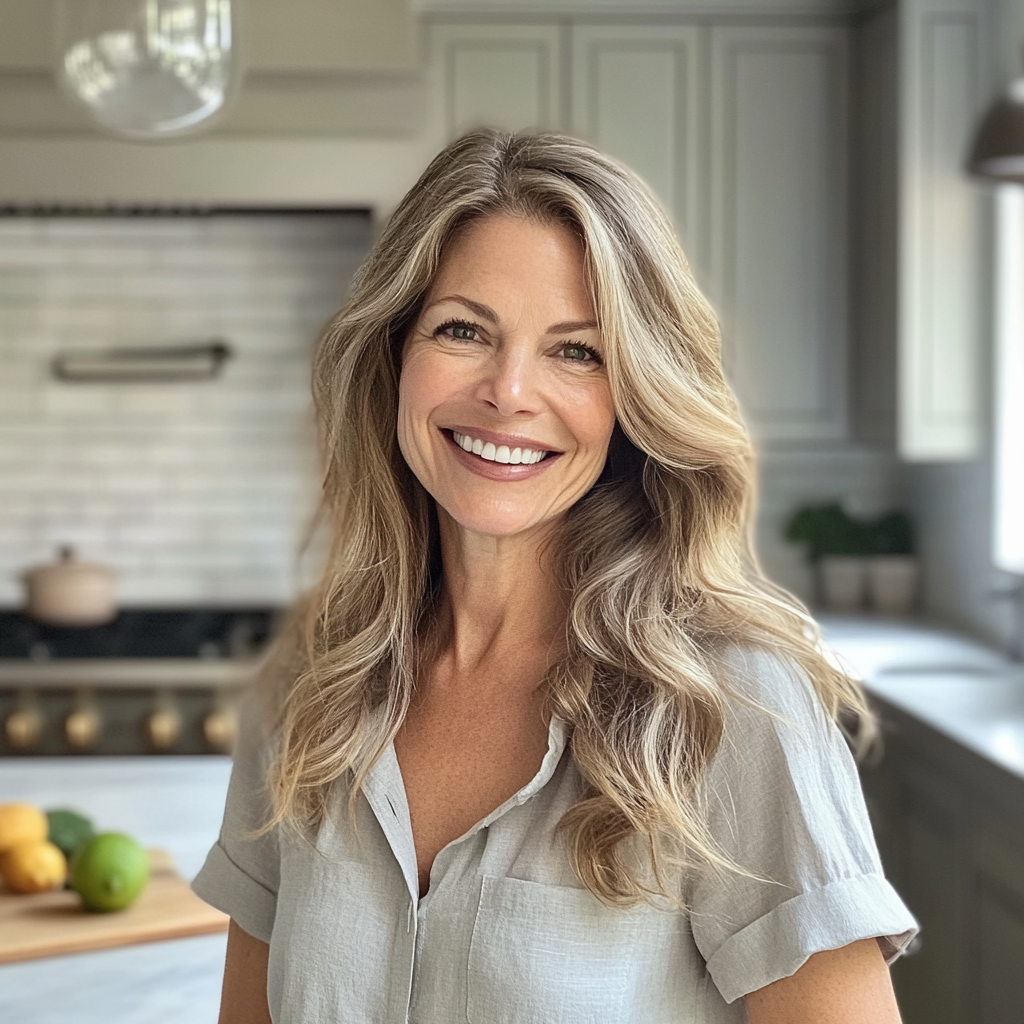
A smiling older woman in a kitchen | Source: Midjourney
“That’s the love of a parent, my boy,” Salma said. “And the feeling that comes with being in love and at peace with your relationship.”
Tears filled my eyes, and I pressed my hand to my mouth, trying to hold back the sob that threatened to escape.
Jason had no idea that I was there, listening to the most beautiful confession I had ever heard. I wanted to run into the kitchen, wrap my arms around him, and tell him how much those words meant to me.

A close up of a woman | Source: Midjourney
But I stayed rooted to my spot, overwhelmed by the weight of what I’d just overheard.
Instead, after a few minutes, I walked outside to join the rest of the family as they played with Lily.
I sat down, pretending everything was normal. I mean, it was, but it was also so much better. The world seemed brighter.

People in a backyard | Source: Midjourney
I had been worrying about our future and whether we even had a future lined up. We were young, I knew that. But a part of me always felt like we were doomed from the start.
And I had always known that he cared, but I didn’t know he felt this deeply.
How had I missed that?
Was I too caught up in being Lily’s mother? Had I been ignoring Jason?

A pensive young woman | Source: Midjourney
That evening, after we returned home and put Lily to bed, the silence between us felt heavy. Jason sat beside me on the couch, his hand resting on my knee as he ate some of the leftover dessert we brought home.
“You’ve been quiet,” he said, his voice soft. “Is something on your mind?”
I bit my lip, unsure of how to begin.

A couple sitting on a couch | Source: Midjourney
I wanted to tell him everything I’d heard, but I didn’t know how Jason would react.
Finally, I took a deep breath.
“I overheard you today… when you were in the kitchen with your mom.”
Jason’s eyes widened for a moment before he glanced down.

A shocked young man | Source: Midjourney
“What did you hear?” he asked.
“You said… you said that you wouldn’t be the man you are without me. You said I’m everything to you.”
“You heard that?” he gasped.
I nodded.
“I was coming to see if you guys needed help. Lily was with the rest of the family. Jason, I had no idea. I mean, I knew you loved me, but hearing you say that…”
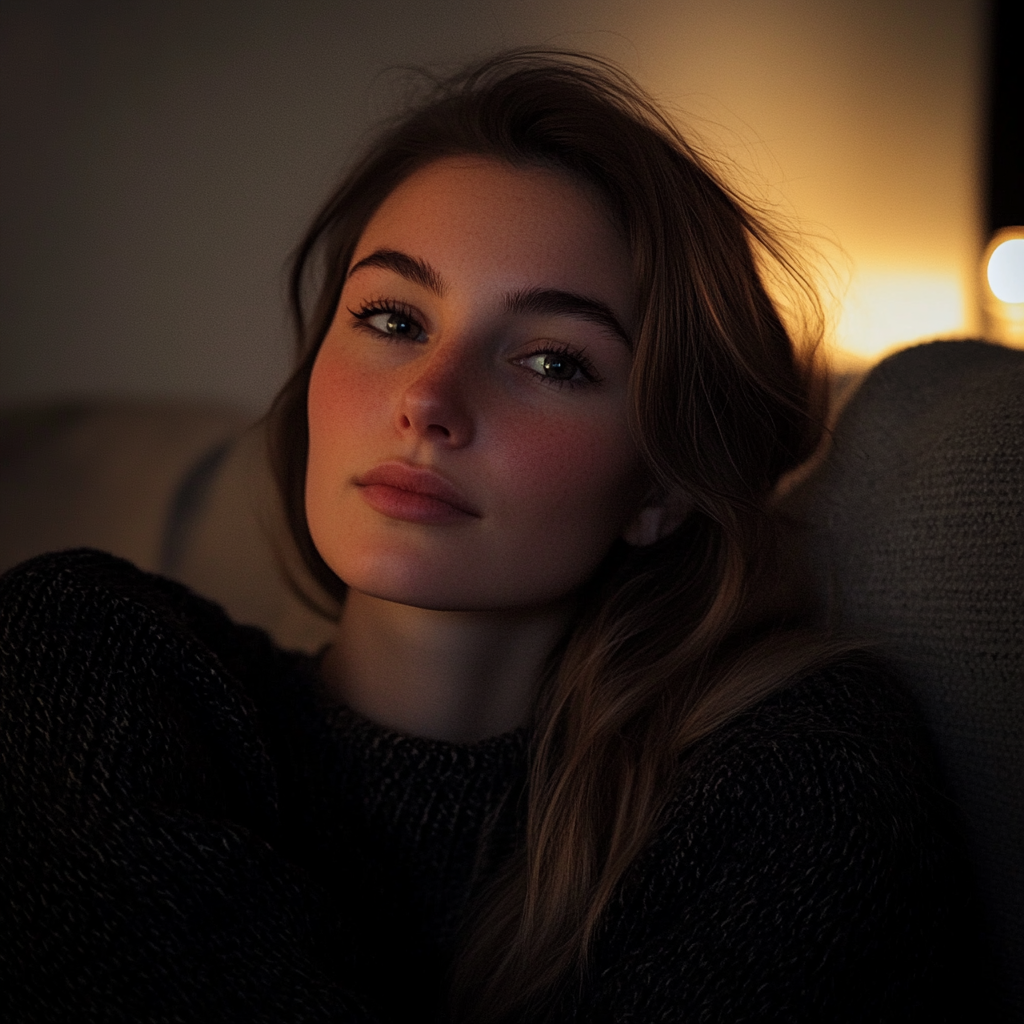
A woman sitting on a couch | Source: Midjourney
“Aria, I meant it,” he said quietly. “I don’t say it enough. I know that. But it’s true, Aria. You’ve made me a better person, and I can’t imagine my life without you. Without Lily. You two are everything.”
The next day, I wanted to show Jason how much his words meant to me. I spent most of the day cooking his favorite meal, and I decorated the house with candles and notes detailing all the things I loved about him written down.
When Jason walked in that evening, his face lit up.

Candles in a kitchen | Source: Midjourney
“What’s all this?” he asked, smiling.
“This,” I said. “Is my way of saying thank you. For everything.”
We put Lily to bed and had our romantic dinner. And in that moment, I realized that arranged marriage or not, we were happy. And we were in love.
And that we had made it.

A romantic dinner set up | Source: Midjourney
What would you have done?
If you enjoyed this story, here’s another one for you |
My Fiancé Humiliated Me in His Wedding Vows — He Regretted It Later
As Emily walks down the aisle, she feels as though she is finally living her wedding dream. The dress is perfect just like the venue, music, and her groom. Until it’s time for the vows when Jason completely humiliates her in front of everyone. But later, he gets a taste of his own medicine.
It was the day that I had been waiting for. After months of wedding planning and dieting to fit into my dream dress. This was the moment.
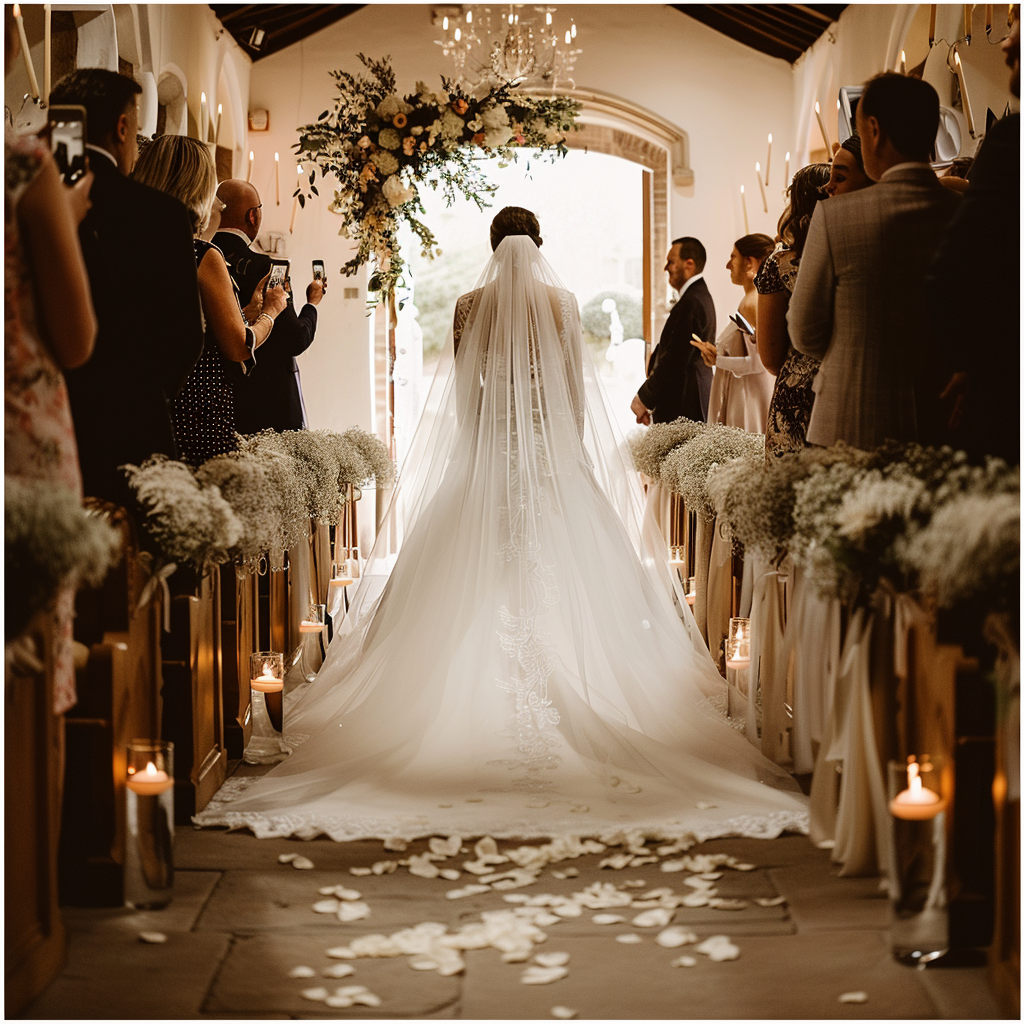
Bride walking down the aisle | Source: Midjourney
“Come on, darling,” my father said, holding out his hand, ready to walk me down the aisle to Jason.
“How do you feel?” my father asked me, kissing my forehead.
“Happy,” I said simply. “I’ve been dreaming of this moment for years now, Dad.”
We walked down the aisle to soft music that I had chosen months ago. The guitarist perched on a wooden stool.
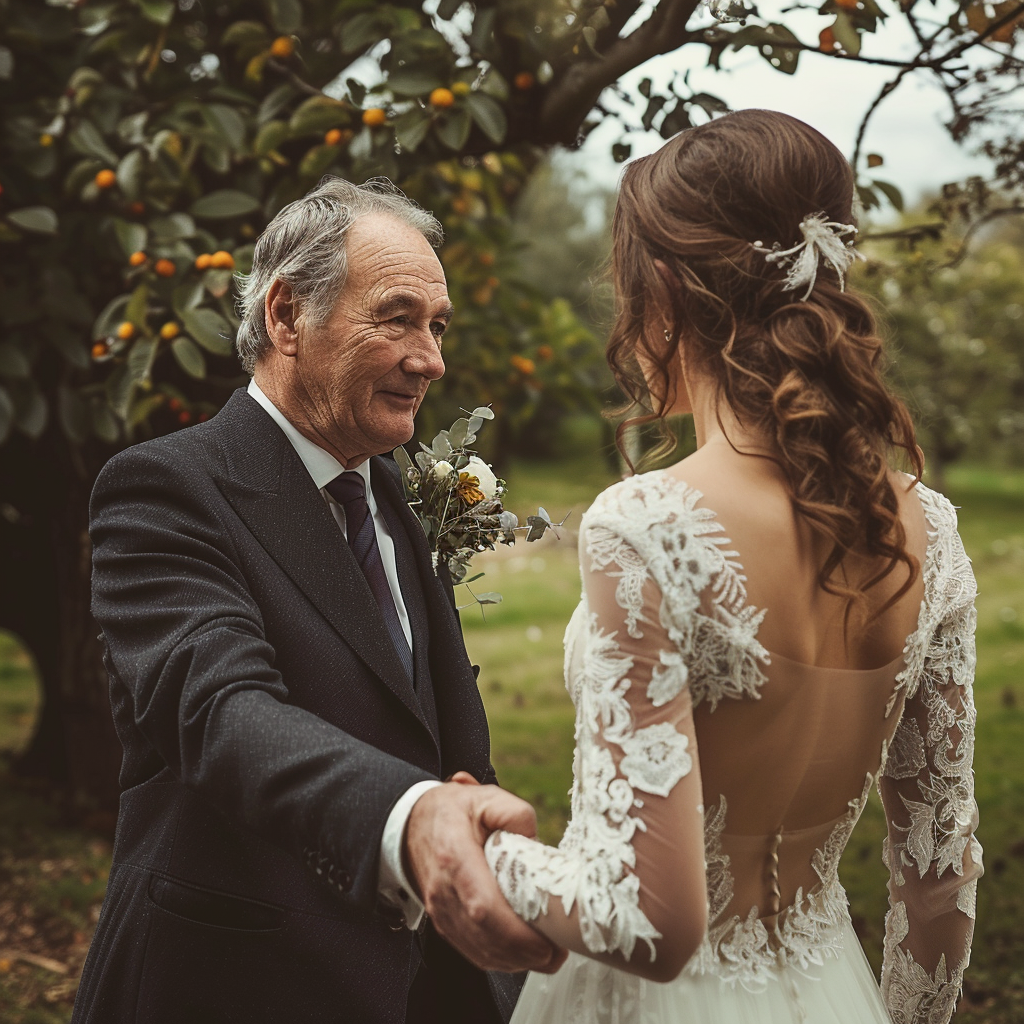
A bride and her father | Source: Midjourney
“You look beautiful, Emily,” Jason said, taking my hand from my father.
This work is inspired by real events and people, but it has been fictionalized for creative purposes. Names, characters, and details have been changed to protect privacy and enhance the narrative. Any resemblance to actual persons, living or dead, or actual events is purely coincidental and not intended by the author.
The author and publisher make no claims to the accuracy of events or the portrayal of characters and are not liable for any misinterpretation. This story is provided “as is,” and any opinions expressed are those of the characters and do not reflect the views of the author or publisher.
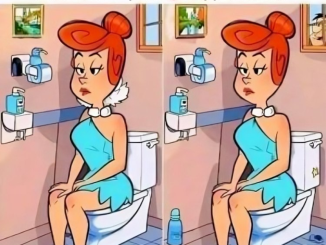
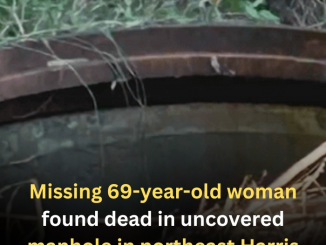
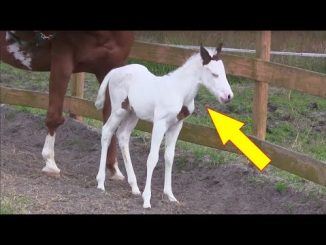
Leave a Reply